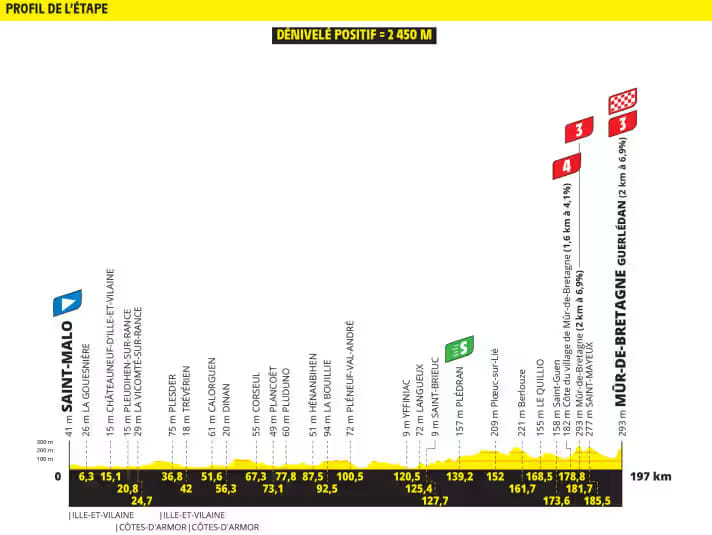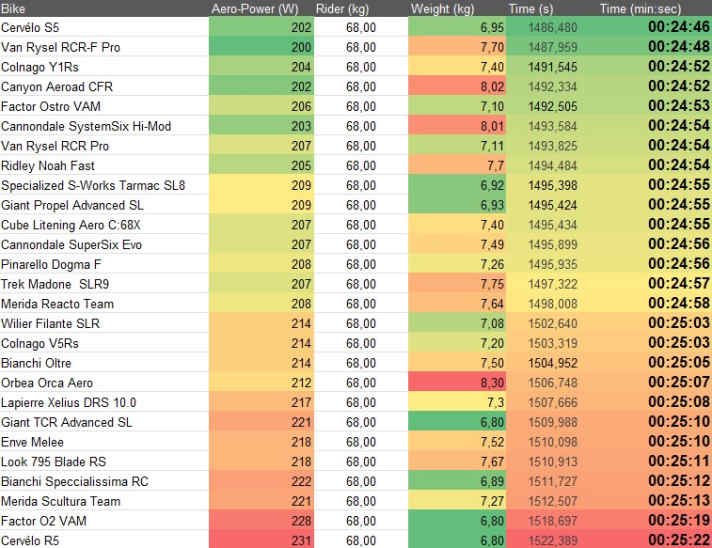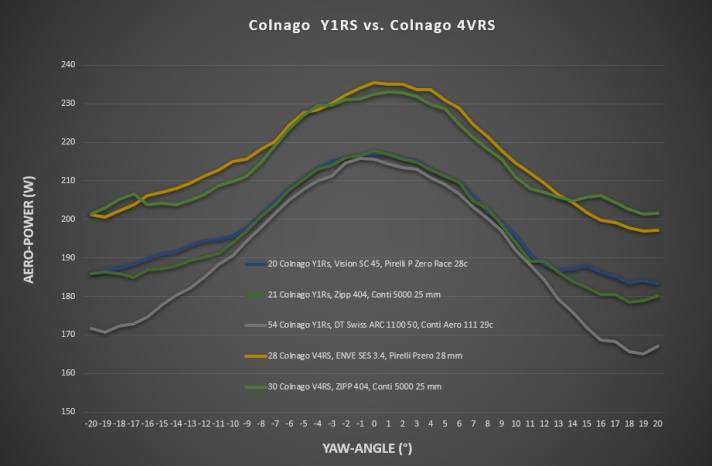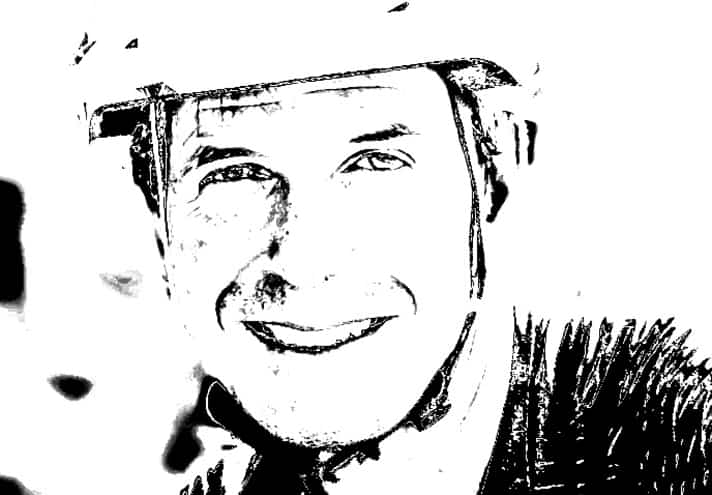
Tour de France 2025 - Stage 7: Saint Malo - Mur de Bretagne/Guerlédan | 197 Kilometers

The finale of the seventh stage promises to be spectacular. In 2021, Mathieu van der Poel triumphed here for the first time, winning the stage in superior fashion.
We can assume that he has his sights set on the finale again. Tadej Pogačar will also want to be in the mix again, and Jonas Vingegaard, who has already shown his sprinting qualities uphill several times in this Tour, is also expected to be at the front. A remake of the finale of the fourth stage is conceivable.
The Mur de Bretagne is a climb of only 140 meters in altitude, with a maximum gradient of 15 %, which is ridden twice in the finale and also represents the finish. Anyone who wants to win here needs explosiveness and stamina. The latter is especially important if the attack comes on the first climb.
This is exactly the scenario we are simulating: an attack on the first passage and a prolongation until the finish. What influence does the bike have on such a finale? Which machine has the front tire?
The number of the day: 36 seconds
A rider attacking on the slowest bike in the finale outlined above loses 36 seconds. In our calculation, that is the Cervélo R5. It is possible that the new R5, which has been redesigned, has become slightly more aerodynamic than its predecessor, whose values we are using in our calculations. However, given the subtle changes, we do not expect any dramatic improvement. Our weighings show that the R5 can stay within the 6.8-kilogram limit, so it is light. However, a detailed analysis shows that even in the sprint on the ramp, the R5 has disadvantages compared to the equally light but much sleeker S5, which also wins the overall simulation ranking with a two-second lead over the Van Rysel RCR-F Pro, which is a little too heavy for a steep ramp.
Two aero bikes are therefore in the lead, followed by other bikes of this type. Aerodynamics determines the ranking.
The (almost) complete field on the final lap*

The table shows that aero bikes are the first choice for an early attack to maintain the lead to the finish line.
*) The calculations are based on the bikes tested by TOUR in the laboratory and wind tunnel. The machines used in the Tour de France may differ in detail. Of course, we were not yet able to examine last-minute prototypes. Background information on the simulation.
Review: Insane pace, aerodynamics increasingly important
Looking back at the stages so far, we can see that aero bikes and aero features are playing an increasingly important role in the Tour de France. The riders are very dynamic, the pace is horrendous, and even on rather inconspicuous stages, gaps are being opened in the overall classification.
Tadej Pogačar has become friends with his Colnago Y1Rs, which was only used sporadically in the run-up to the Tour de France, but represents a major improvement on his last year's Tour bike. So far, the Y1Rs has been Pogačar's bike of choice for this Tour.
We had suggested that the slightly lighter V5Rs would have been a slight advantage on the fourth stage during an attack on the 15 % ramp. Pogačar launched his expected attack on the steep section, but rode the Y1Rs, not the V5Rs, which we had estimated to be faster in this situation. He pushed the pace up to 24 km/h on the 15% gradient and initially distanced Jonas Vingegaard, until the latter regained his composure and caught up with a second wind – on his sleek and lightweight S5.
The challenge for the two leaders, however, was to keep the chasing pack at bay. Despite the teamwork of the two superstars, both on very fast bikes and thus optimally equipped for the descent, the pursuers caught up again downhill, in a situation where aerodynamics were the deciding factor. The lightweight bike would have performed worse in this section.
So, it came down to a sprint on the less steep final climb, where Pogačar was able to prevail by two bike lengths over Mathieu van der Poel. Followed by Jonas Vingegaard.
What a finale! The best riders in an open battle – on largely maxed-out equipment, which therefore had no influence on the sporting decision.
Facts about the Colnago Y1Rs
We were able to test the Colnago Y1Rs in the wind tunnel ahead of the Tour de France. Aerodynamically, it is much better than last year's V4Rs and is one of the fastest bikes in the field.

The graph shows the aerodynamic performance of Colnago bikes from last year and this year at various wind angles, such as those caused by crosswinds – measured in the GST wind tunnel according to TOUR protocol with the moving-leg-dummy.
The improvement of 15-20 W at a speed of 45 km/h across the entire wind angle range is massive! Last year, Tadej Pogačar rode with a handicap, but now his equipment is on par with the best bikes.
The curves show the influence of the wheels and tires on aerodynamic performance. We were unable to test the bike with the Enve 4.5 wheels that Pogačar rides in the Tour. These are presumably faster than the Vision wheels on the production bike we had in the wind tunnel (weighted 204 W resistance). As an experiment, we put the fast DT Swiss ARC 1100 50 with the Aero 111 aero front tire on the Colnago. This makes the bike sail, meaning it performs better, especially in crosswinds. The weighted resistance even falls below the magic 200 W limit to 199 W.
However, Tadej Pogačar rides so fast that he will rarely experience angles of attack of more than ten degrees. An aero tire would give him handling advantages at high speeds: the front wheel would wobble less in gusty winds. This year, however, Pogačar is not riding aero tires but a new development from Conti with a focus on lower rolling resistance, the Continental “Archetype”. We will discuss this in one of the next briefings.
Our expert

Robert Kühnen studied mechanical engineering, writes for TOUR about technology and training topics and develops testing methods. Robert has been refining the simulation calculations for years, they are also used by professional teams.

